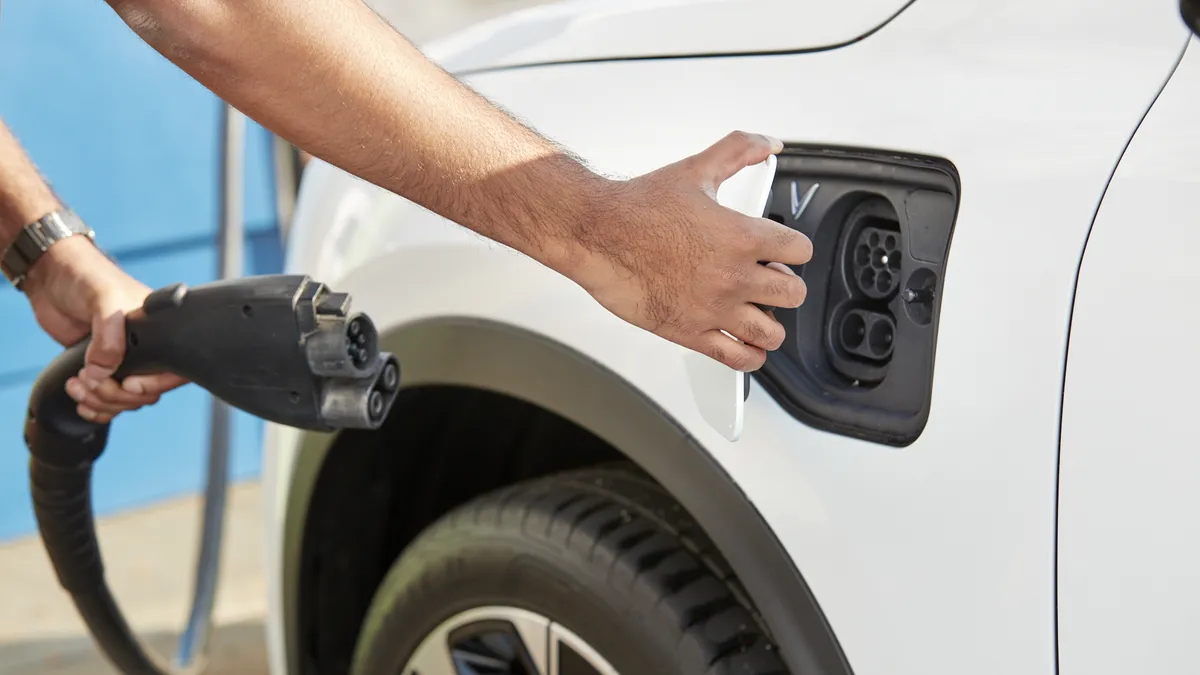Municipalities in the process of setting up electric vehicle (EV) charging infrastructure have a lot to consider. Multiple stakeholders make the planning process complex, and municipalities must understand and adhere to regulations and take consumer preferences into consideration. Other challenges can arise as well, such as logistical issues that vary from city to city.
One of the most important matters for municipalities to consider is the mix of charger types they wish to deploy. Level 2 chargers are useful for curbside implementations as well as charging stations near urban shopping destinations. DC fast chargers (DCFC), meanwhile, are appropriate for high-traffic locations to meet EV drivers’ in-transit charging needs.
In the following sections, we focus on fast charging (also known as Level 3 charging). We look at how these chargers should be used, how municipalities can provide the best experience for EV drivers, how the location type impacts deployments, and where to find rebates and incentives to offset costs.
Why DC fast charging?
Fast charging provides numerous benefits to municipalities. Most importantly, it contributes to a convenient charging infrastructure that gives drivers (including taxi and ride-hailing companies) confidence in their ability to reliably operate EVs (alleviating oft-discussed range anxiety). This factor encourages EV adoption which, in turn, contributes to reducing greenhouse gas (GHG) emissions from the transportation sector.
Solid EV charging infrastructure is also considered a boon for local businesses because it tends to attract potential customers. “EV drivers typically spend between 15 and 40 minutes charging their vehicles using a DC fast charger. During that wait time, they are looking for things to do, including resting, eating, and shopping,” notes Marie-Hélène Bellemare, in-transit strategy manager at FLO, the operator of one of the largest EV charging networks in North America. “The ability to fulfill these needs is especially important near transit corridors, where drivers are more likely to be on long-distance trips.”
Urban vs Rural deployments
It is also key that municipal planners note the differences between urban and rural DCFC deployments. Rural and suburban residents are more likely to have a home charger as their main charging source. In these areas, fast charging is most useful for in-transit sites, where people stop to charge when covering longer distances. Fast chargers can also be especially successful in commercial clusters, where people can easily access nearby amenities while they charge their vehicle.
In higher-density areas, where many residents don’t have access to a garage or driveway, home chargers can be less common. In these cases, DCFCs can complement public Level 2 chargers, simultaneously serving residents, fleet vehicles, taxis and ride-hailing services, and visitors. Here, like in areas of lower population density, fast chargers can be an effective part of a deployment plan when they are installed in commercial areas that include a denser and more diverse set of stores and services within walking distance.
What drivers want in EV charging stations
For EV charging and EV adoption to proliferate, EV drivers must be confident in the availability and quality of charging stations. Planners should ensure the following features are in place at each site:
- Convenient location. Charging stations should be located and easily identified where people are already going or need to go, such as highway service areas and hybrid commercial lots in urban or suburban areas.
- Accessibility. Charging stations and sites should accommodate all vehicle types and meet accessibility standards that promote equal access to charging services.
- Safety. Sites should be well lit, safely designed, and located in higher traffic areas.
- Reliability. Charging stations should be in proper working condition and, ideally, enable drivers to check their status remotely via mobile app.
- Amenities. Charging stations should be located near restrooms, food, convenience stores, auto-related services, and trash cans.
Leveraging rebates and incentive programs
State and federal governments as well as utilities offer tax credits, rebates, and grants to deploy EV charging infrastructure across the U.S. As Ms. Bellemare explains, “they range from make-ready infrastructure programs that reduce the up-front costs of installing EV charging stations, to electric vehicle supply equipment (EVSE) rebate programs that offer direct savings on hardware.”
The federal Infrastructure Investment and Jobs Act created the National Electric Vehicle Infrastructure Formula Program, which aims to promote EV adoption, reduce GHG emissions and help achieve the federal goal of net zero emissions by 2050. It allocates $5 billion in funding to states to deploy EV fast chargers along designated alternative fuel corridors nationwide.
To ensure successful DCFC deployments, municipalities should communicate with residents to better understand their needs and involve them from the start. By working with an experienced partner like FLO, planners can get help choosing the right solution, identifying rebates and incentive programs, and navigating the application process. To learn more about how FLO can help, visit https://www.flo.com/business/cities/.










